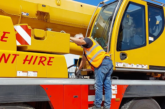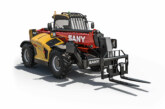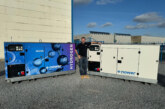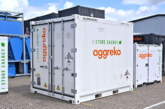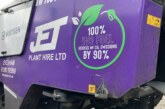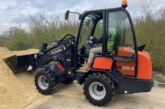
Construction Plant News Editor, Lee Jones visits Finning Cat’s hydraulic hose and cylinder repair centre in Cannock.
It is the infrastructure and heritage of engineering expertise behind Finning Cat that enables it to do what other OEMs cannot, and that is carry out all of its own hydraulic cylinder and hose repairs in-house using Cat manufactured products.
Its extensive Cannock facility is the main repair centre for hoses, with a dedicated team working on repairs full time, and a further 12 branch centres around the country. These are in turn supplemented by 20 hose repair vans with mobile engineers providing the 24/7 cover that the industry demands.
The volume of companies involved in the hydraulic hose repair business makes it a crowded sector, but Finning Cat customers can be reassured that genuine Cat parts are used in replacement.
“If we take a hose off an excavator we’ll have a part number, and will know exactly what it needs to be replaced with,” explains David Cripps, Hose and Cylinder Repair Product Manager.
“Other companies might, in effect, be second guessing as to what to fit, and they may well provide a similar product, but we will know exactly what was specified for that particular machine and substitute it with an exact replacement.
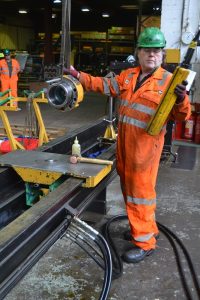 “Our customers see the value in that, and having genuine Cat parts on their machines with the warranty we provide attached.”
“Our customers see the value in that, and having genuine Cat parts on their machines with the warranty we provide attached.”
Nobody wants down time, with machines lying idle whilst waiting to be restored to full working order, which makes an efficient turnaround a key driver in customer choice of hose repair service provider, but quality is equally imperative.
Cat is unique amongst OEMs in that all its hydraulic hoses and couplings are made by themselves, and, with the products subjected to up to a million impulse cycles, are tested far in excess of industry standards.
Given that they obviously spend their working life at pressure hydraulic hoses are inevitably subject to a certain shelf life in terms of hours worked, particularly in heavy duty applications.
Whilst in time the rubber will inevitably perish, operator error – in being snagged in use, for instance – remains the most common reason for replacement.
In some industry sectors, such as mining, Cat will also provide permanent on-site support and 24/7 cover in the form of an engineer in situ.
Not surprisingly, aside from quarrying and mining, Cat also reports that the plant hire sector keeps its hose repair specialists busy.
Some of the largest national rental companies, in fact, now buy hoses in bulk, and have their own engineers trained in their assembly by Finning Cat personnel.
Cylinder Repair
Where other manufacturers would use external companies to service its customers, as with its hydraulic hoses, Cat stands alone in repairing its own cylinders.
Cannock is one of fourteen Finning Cat cylinder repair centres, and, with 60 different products permanently held in stock, the facility is in a position to offer an exchange service.
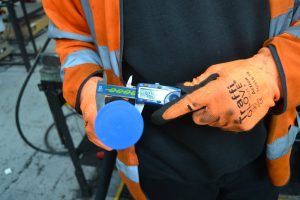 If a cylinder is damaged, it can be removed from a machine and immediately replaced with a unit from the stores whilst the original is itself being repaired, thereby significantly reducing potential interruptions in operation for the end user.
If a cylinder is damaged, it can be removed from a machine and immediately replaced with a unit from the stores whilst the original is itself being repaired, thereby significantly reducing potential interruptions in operation for the end user.
Moreover, Cat has recently invested in a range of cylinders for small to medium excavators in order to offer that exchange service on the machinery most likely to be found in the plant hire industry.
Significant machining capability at Cannock, including a honing machine to recondition the tubes, not to mention an expert team at the controls, means that components like rods can be fabricated on site.
The importance of maintaining the integrity of the hydraulic system is demonstrated by the most typical failures, because only a very small amount of debris will be enough to split or wear seals.
As with hoses, however, operator error remains one of the biggest threats to longevity, with bent rods as a result of lifting materials or objects beyond that machine’s specification a frequent source of damage.
For Cat, there is a process of education at work in emphasising to customers the importance of timely preventative repair.
A cylinder with a bent rod may well remain operational but, in time, it will score the tube, ultimately resulting in a much costlier bill for renovation further down the line.
Although the life of a Cat cylinder will obviously vary depending on application and usage, if kept in decent condition, units will typically run for 6,000 hours before requiring resealing, whilst reconditioning is required on average after 10,000 to 12,000 hours of service.
For more information visit www.catcompacts.co.uk


